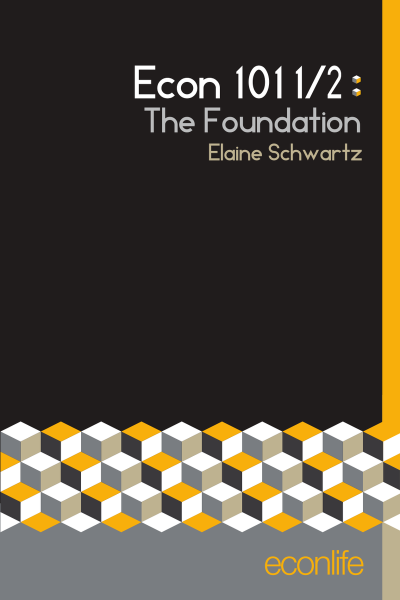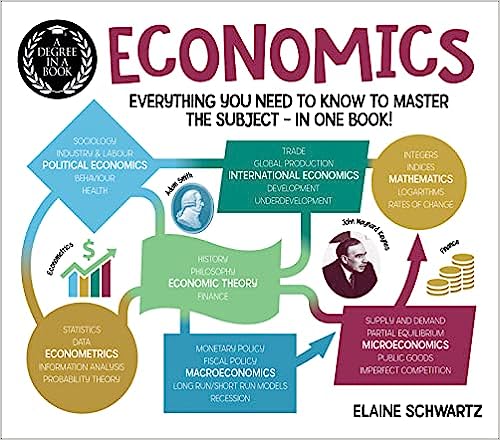Like the Big Mac Index, when the Toy Zone tells us where LEGO prices are high and low, we can also compare currencies.
A Big Mac Mystery
The Economist created the Big Mac Index in 1986 to compare the price of the Big Mac in different countries. Their goal, they said, was to make exchange rate talk more “digestible.” However, the January 16 Index also generated some…
What We Can Learn From Big Mac Prices
Based on the January 2017 Big Mac Index, we can get the most burger for our buck in Egypt. At the equivalent of $1.46, an Egyptian Big Mac is less than one-third the $5.06 U.S. price. On the other hand, a Big Mac…
The Yuan Devaluation and the Big Mac Index
Showing the purchasing power of different currencies and under-and overvaluation, the Big Mac Index can provide an understanding of the yuan devaluation.
What the Big Mac Says About the Trans-Pacific Partnership
While opponents of the TPP free trade deal cite currency manipulation, cheaper exports from countries with cheaper currencies save money for U.S. buyers.
Where to Spend the Most on a Big Mac
Displaying foreign exchange fluctuation, the price of a Big Mac in different countries can be compared to show if a currency is over- or undervalued.
Hamburger Economics
Our Sunday Charts The 2014 Big Mac Index is out and not much has changed. Norway’s Big Macs are most expensive and Chinese Big Macs are cheap. As The Economist explains, starting in 1986, they wanted to take a lighthearted look at whether currencies…















